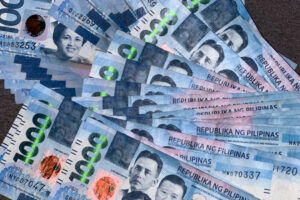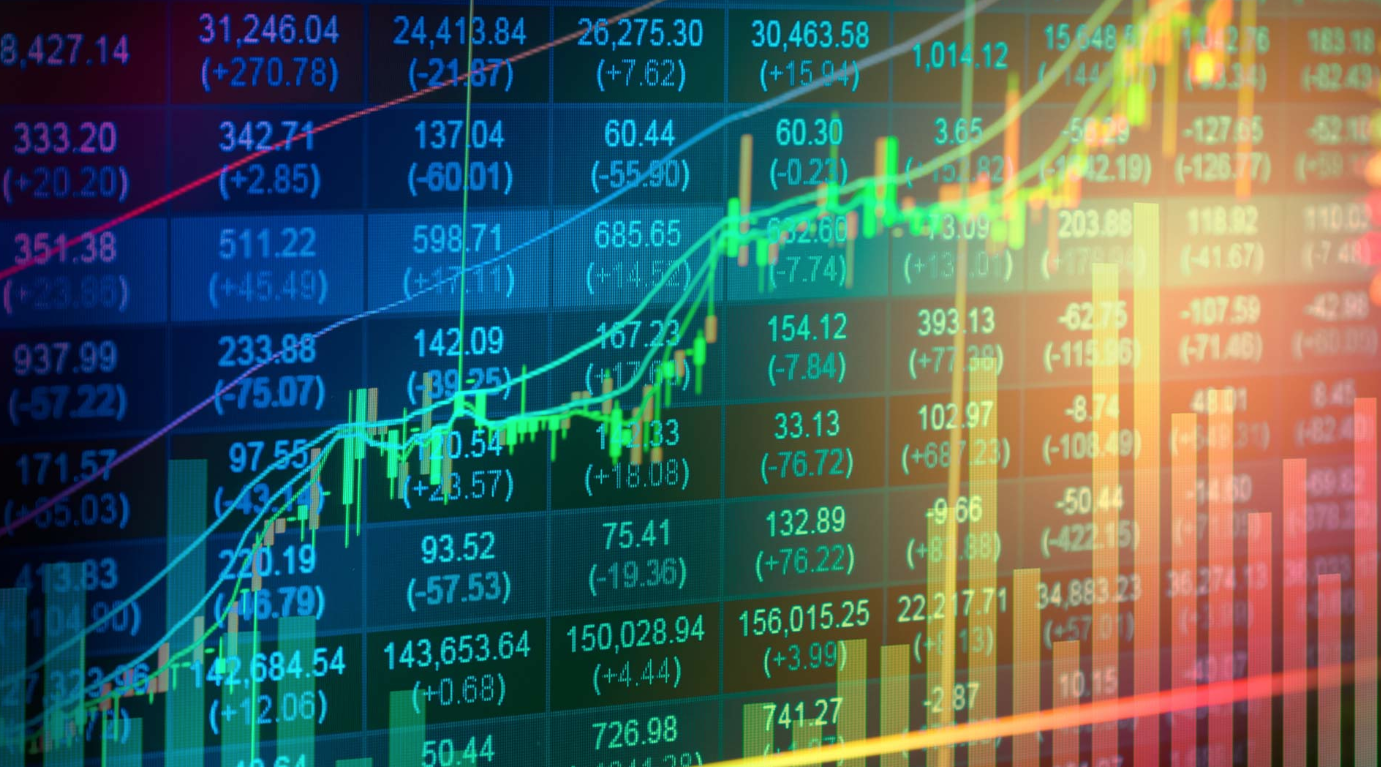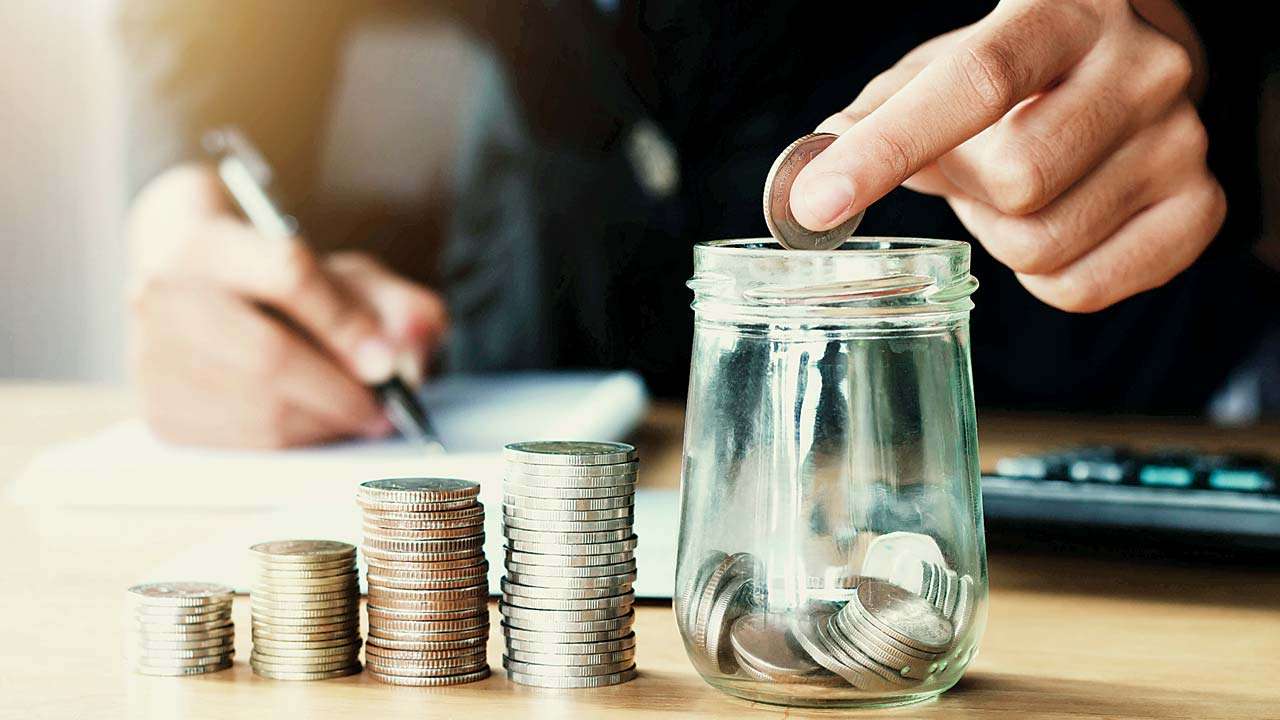Debt repayment woes unlikely to affect PHL financial stability

MORE FILIPINOS have been unable to pay off their loans this year amid high borrowing costs and elevated inflation, but decreasing debt repayment levels may not be a significant risk to financial stability.
A higher number of borrowers were unable to repay their debt this year amid post-pandemic spending, Marie Alexise Charisse Arboleda, head of operations at Collectius, said in an interview with BusinessWorld, and this could rise further as credit card usage is expected to increase this quarter amid the holiday season.
“During this time, many Filipinos tend to prioritize holiday spending, which includes holiday gifting, over debt repayment,” she said. “Given anticipation for high inflation, it is likely that consumers will spend more and we can expect to see a decrease in debt repayment levels across all consumer loans.”
Consumer credit jumped by 22.7% year on year to P1.17 trillion in August from P950.8 billion a year ago, slightly faster than the 22.6% growth in July, Bangko Sentral ng Pilipinas (BSP) data showed. Specifically, credit card loans expanded by 29.7% year on year in August.
Overall, outstanding loans disbursed by big banks expanded by 7.2% year on year to P11.06 trillion in August, easing from the 7.7% print in July and was the slowest in 20 months.
“A slowdown in debt repayment rates does pose challenges, but may not necessarily lead to financial crisis…, especially if it is sufficiently addressed by regulatory measures,” Ms. Arboleda said.
Separate BSP data showed banks’ nonperforming loan (NPL) ratio improved to a four-month low of 3.42% in August from 3.43% in July.
Bad loans declined by 5.9% year on year to P442.9 billion as of end-August. However, this was 0.6% higher than P440.1 billion seen at end-July.
Slower debt repayments can hurt banks and make it harder for financial institutions to lend money and provide financial services, Ms. Arboleda said.
“But banks and other financial institutions in the Philippines are well-capitalized and they generally have risk mitigation strategies in place,” she said.
“The (government) might take steps to reduce risks and support the financial system, especially during tough times, and we saw that also during the pandemic,” she added.
During the coronavirus pandemic, Filipinos paid their debt on a monthly basis instead of settling them at once, Ms. Arboleda said.
“Monthly payments have become the standard practice for most loans and it provides borrowers with a structured schedule for clearing their debts,” she said.
But the high interest rate environment will affect debt repayments as borrowers will need to settle higher monthly installments, especially for credit card loans, she added.
“Additionally, the impact of inflation on debt repayments varies depending on our economic conditions as well. So, if our prices are going up, it can be tougher for Filipinos to manage their debt,” Ms. Arboleda said.
CREDIT CARD USAGECredit cards are likely the biggest debt source for average Filipinos as it is one of the most used payment channels, she said.
“Based on our research together with CCAP (Credit Card Association of the Philippines), the total amount of credit card billings is up to P400 billion. This shows that our economy is resilient, but it also means that the Filipinos are turning to borrowing money because of high inflation, which is making their purchasing power weaker,” she said.
Inflation may also affect unbanked Filipinos as it limits their purchasing power, saving options, and make them more sensitive to economic problems, she said.
Ms. Arboleda also noted that the Philippines has seen a gradual shift to digital and card-based payments that accelerated during the pandemic.
“Credit card usage for online and e-commerce was on the rise. Filipinos purchased everything online, from groceries, medicine, food, we paid it online via our credit cards,” she said.
“Also, during the pandemic, savings were touched, which caused people to be alarmed a little. That’s why they use credit or credit cards as their main source (of finance) during the pandemic to survive,” she said.
Credit card use will continue to surge in the Philippines in the coming years, Ms. Arboleda said.
“With the increase of post-pandemic revenge spending and elevated inflation, many customers will rely on consumer credit. The pandemic made it even more popular because it pushed Filipinos to use online and contactless ways of payment,” she said.
“I expect the credit card usage to increase further given the increasing digital literacy with the younger and more digitally savvy population. However, it is crucial for average Filipinos to be aware of their financial situations to avoid defaulting or falling into a debt trap,” she said.
There is still room to enhance financial literacy in the Philippines despite numerous programs and campaigns handled by the government, Ms. Arboleda said.
“How much people use credit cards and how well they repay their debt will depend on our economy. If the economy is doing okay or it’s getting better, it gives people the confidence to use their credit cards because they feel good about being able to pay off what they owe,” she said. “But if our economy is not doing so well and there are job losses and incomes aren’t stable, people tend to be more careful with their credit card use. That can affect the way how they pay their debts.”
“That’s why at Collectius, information is very important to us. We pay close attention to the market trends for both the bank and unbanked customers and we ensure that our customers are well supported with the knowledge in managing their debts,” Ms. Arboleda added.
Collectius, a financial technology company, is one of the five Financial Institutions Strategic Transfer Corporations in the Philippines licensed to acquire nonperforming loans or assets accumulated by banks during the coronavirus pandemic. — Keisha B. Ta-asan




